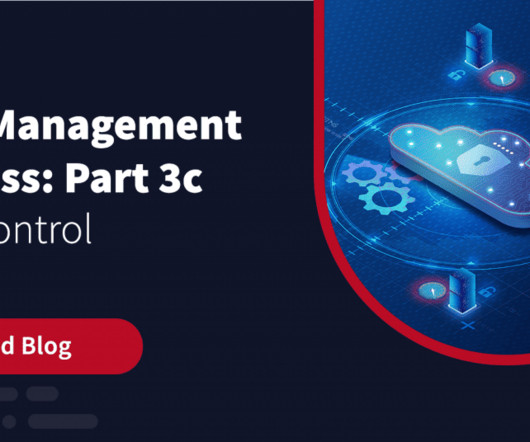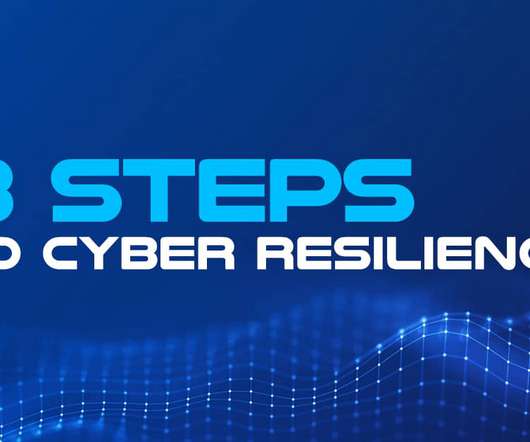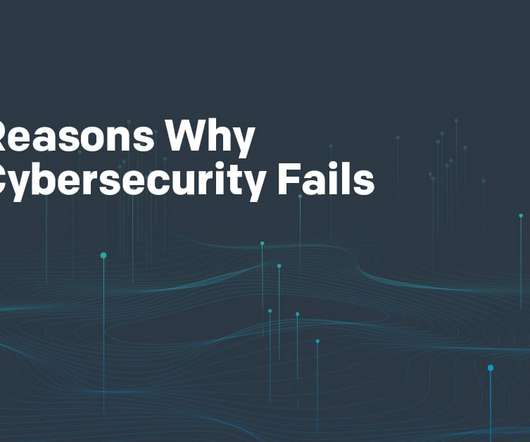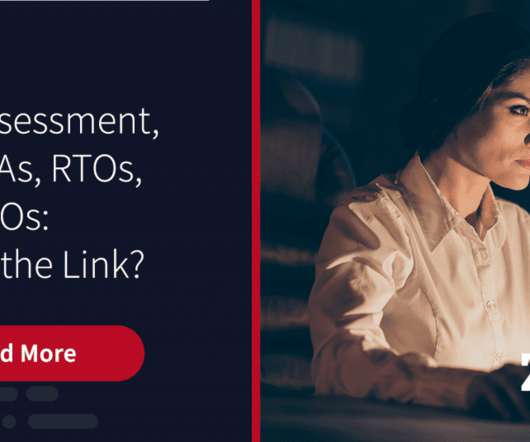Crisis Management Training: Practice Makes Perfect
Bernstein Crisis Management
FEBRUARY 19, 2024
Spoiler alert: It’s not going to end well. Crisis management training equips individuals and teams with the skills and knowledge necessary to navigate and mitigate the impacts of crises efficiently. Yet many of those same people fully believe they can wing it when a full-blown crisis situation puts them on center stage.























Let's personalize your content